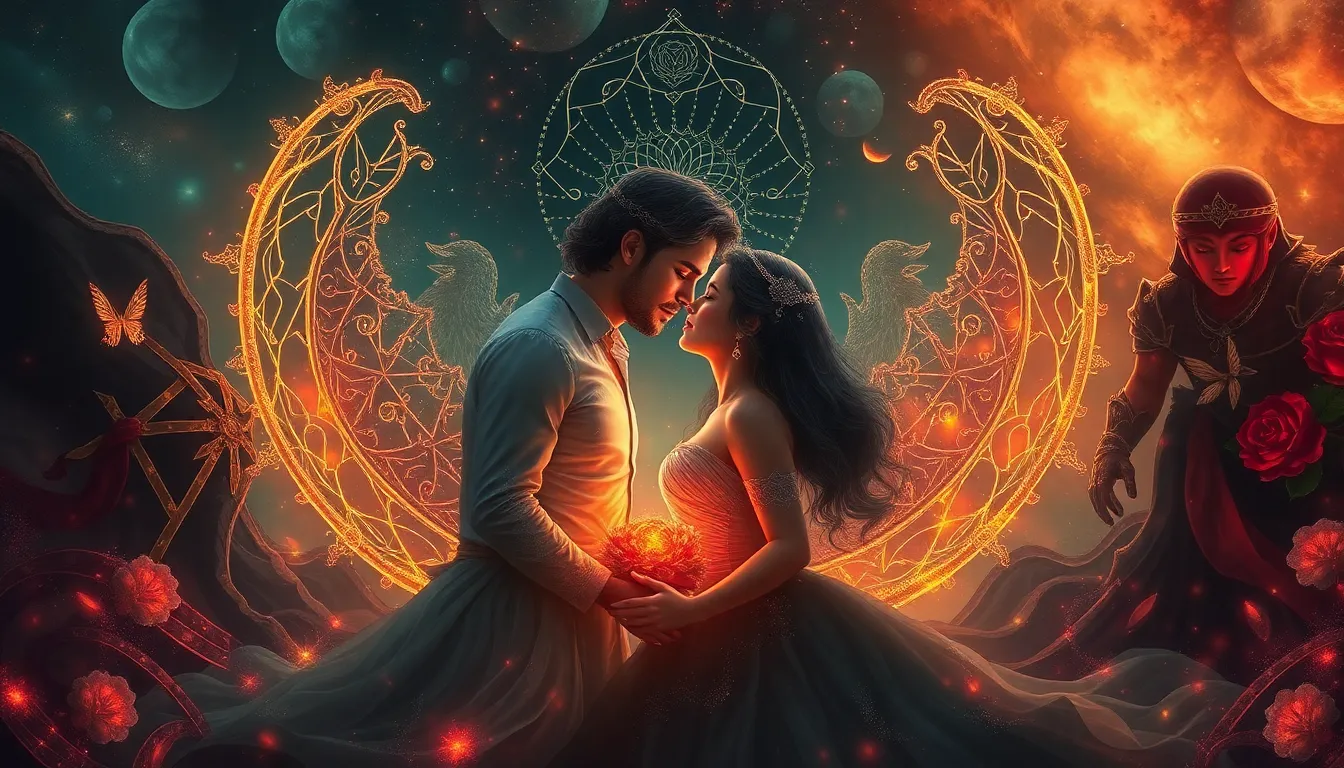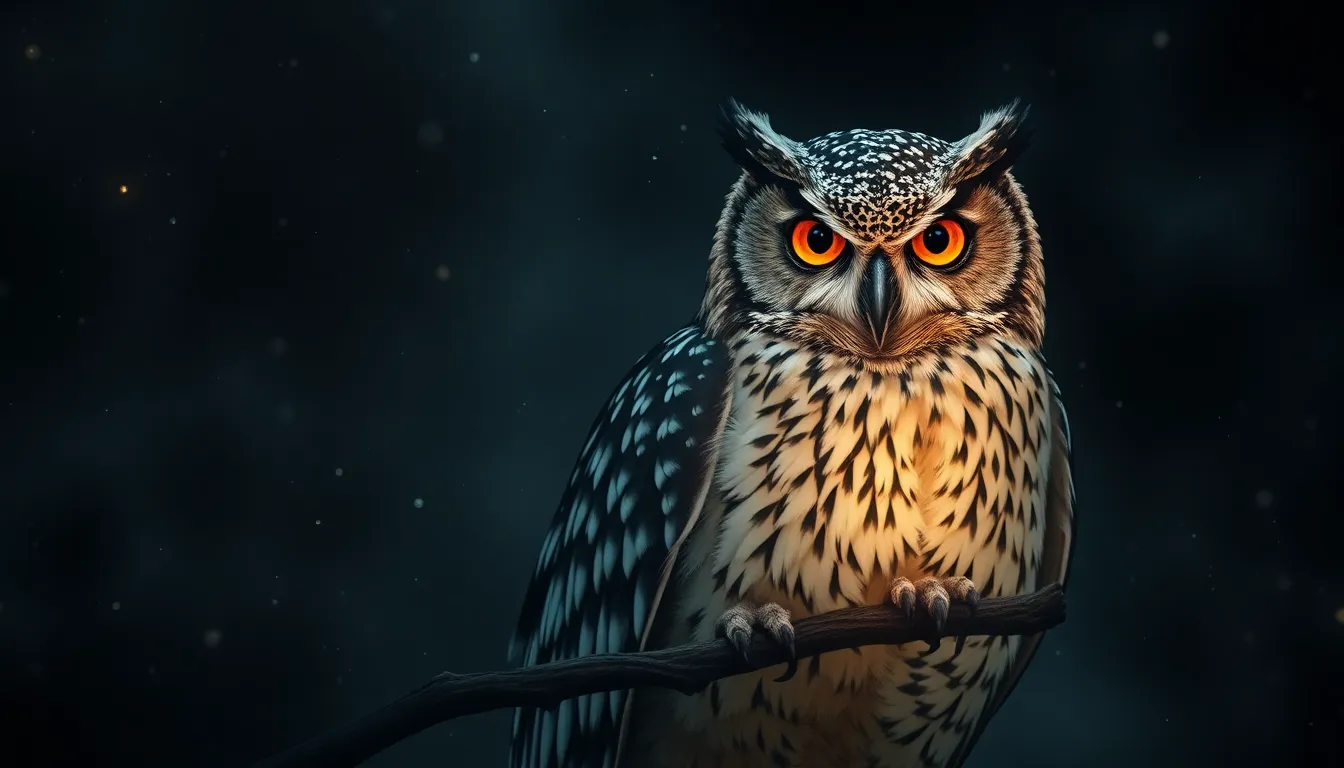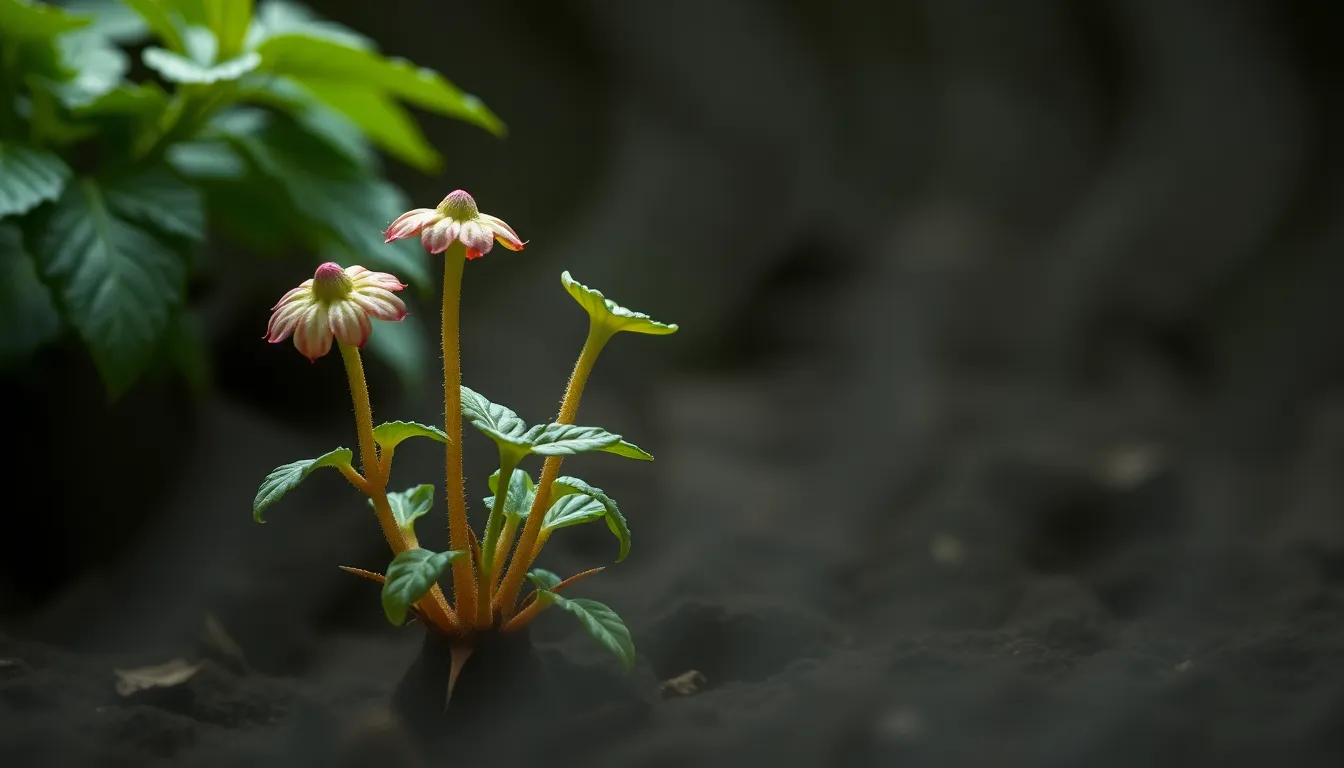Yggdrasil: The World Tree in Norse Mythology
The Mythical Concept of Yggdrasil
Yggdrasil, the World Tree in Norse mythology, holds significant cosmic and spiritual importance in the ancient Norse belief system. This immense ash tree is not merely a botanical curiosity; rather, it serves as a central symbol of interconnectedness, life, and the cosmic order in Norse cosmology. Situated at the heart of the Norse universe, Yggdrasil’s roots delve deep into specific realms, branches out to touch celestial spheres, and connects various realms such as Asgard, Midgard, and Hel. The belief in Yggdrasil highlights the interconnectedness and balance of all existence in Norse mythology.
Symbolism and Significance
In Norse mythology, Yggdrasil symbolizes the fundamental interconnectedness of all things – a concept deeply ingrained in the understanding of the cosmos and spirituality. Its roots extending into separate realms signify the link between different realms, including the world of gods, humans, and the realm of the dead. The vast mythical tree’s branches stretch across heavenly spheres, representing the universe’s unity and harmony. Yggdrasil acts as a unifying force in the Norse cosmos, emphasizing the interdependence and continuity of life, fate, and the unfolding of the world.
The Three Realms of Yggdrasil
Yggdrasil’s three main roots delve deep into distinct realms: one reaches into Asgard, the realm of the gods; another extends into Jotunheim, the land of the giants; and the third delves into Niflheim, the realm of primordial ice. The branches of Yggdrasil reach into various realms: Midgard, the realm of humans; Alfheim, the realm of the Light Elves; Svartalfheim, the realm of the Dark Elves; Muspelheim, the realm of fire; and Hel, the realm of the dead. Yggdrasil’s conspicuous role is to connect these realms, acting as a central axis around which the Norse cosmos revolves.
Role in Ragnarok and Norse Beliefs
During Ragnarok, the Norse end-of-times myth, Yggdrasil faces immense challenges as a harbinger of cataclysmic events. Its fate becomes intertwined with the apocalyptic events that lead to the destruction and subsequent rebirth of the world. Yggdrasil stands as a witness to the cyclical nature of existence, symbolizing the enduring resilience and renewing energies embedded in Norse beliefs. Its steadfast presence highlights the idea that through destruction, new beginnings can emerge, echoing the cyclical and transformative threads present in Norse mythology and the natural world.
By understanding the mythical concept, symbolism, significance, and role of Yggdrasil, one can delve deeper into the profound layers of Norse mythology, its cosmology, and the interconnected nature of existence as encapsulated by the enduring image of the World Tree.
FAQ about Yggdrasil: The World Tree in Norse Mythology
What is Yggdrasil?
Yggdrasil is the World Tree in Norse Mythology, often considered a cosmic center connecting the nine worlds. It symbolizes the interconnectedness of all things in the universe.
What does Yggdrasil represent?
Yggdrasil symbolizes the cycle of life, death, and rebirth. It serves as a bridge between the physical, spiritual, and cosmic realms in Norse cosmology.
Which creatures reside in Yggdrasil?
Various creatures dwell within Yggdrasil, including the dragon Nidhogg, who gnaws at its roots; an eagle at its highest branches; and other beings like the squirrel Ratatosk that run up and down its trunk.
Why is Yggdrasil important in Norse mythology?
Yggdrasil plays a crucial role as the axis mundi, linking different realms of existence. It represents stability, balance, and the interconnectedness of all life in the Norse cosmos.



